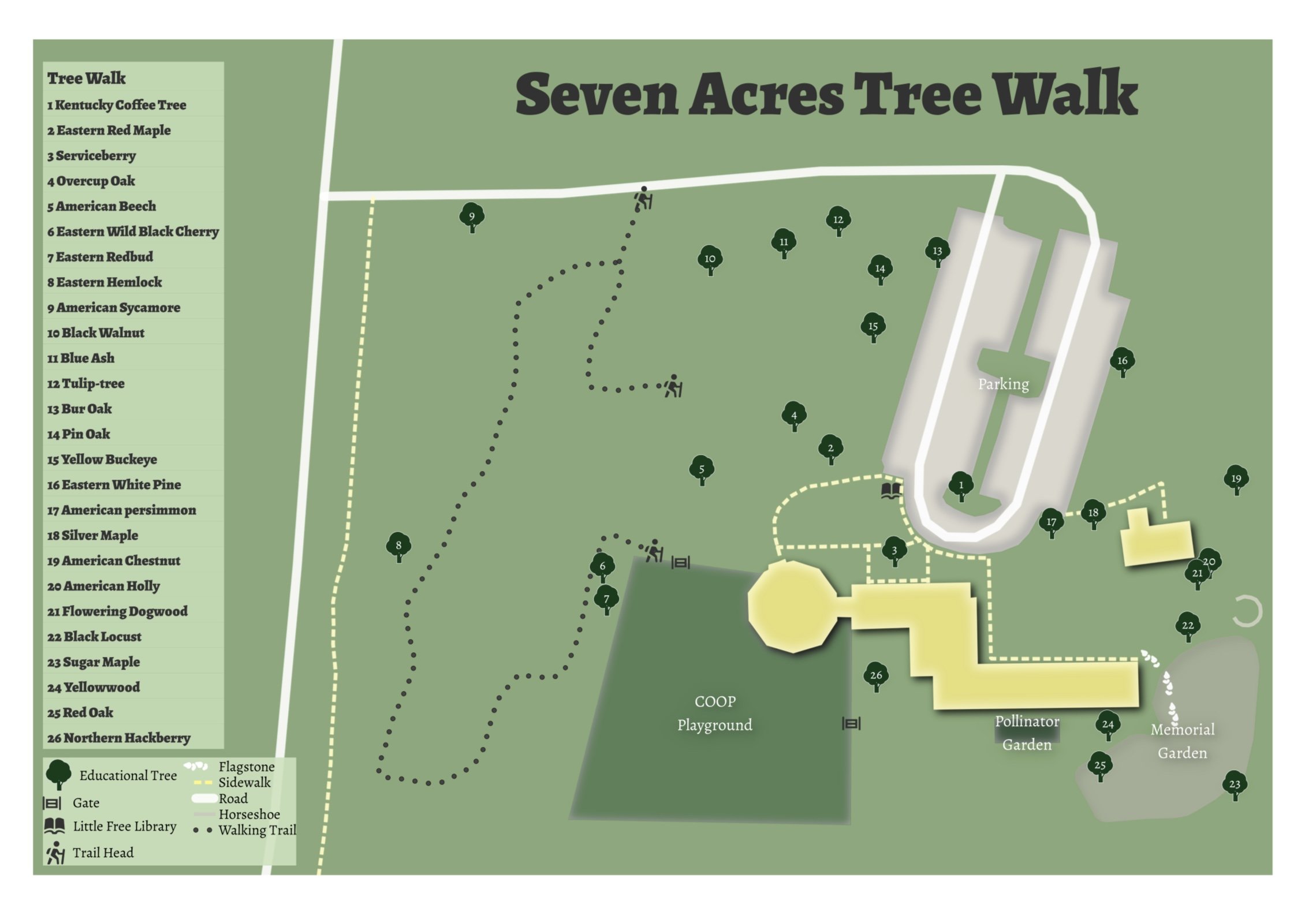Flowering Dogwood
Cornus florida, Benthamidia florida
Dimensions:
Height: 20’ - 30’
Mature spread: 20’ - 30’
Trunk Diameter: up to 1’
Habitat and Range:
frequently found as an understory tree in woodlands throughout the state
prefers partially shaded areas with well-drained, slightly acidic soil, and protection from strong winds
Features:
may be the most spectacular of our flowering trees, also called “king of spring”
small flower clusters are surrounded by four leafy bracts, not petals, that turn white as they expand to almost four inches
at least thirty-six species of birds—including bobwhite quail, wild turkey and ruffed grouse eat the red fruit that remains on branches in winter
giant silk moth and several species of butterflies use dogwoods as host plants
spring flowers provide nectar to bees and other pollinating insects, including spring azure butterflies
History:
name “dogwood” likely stems from Old English “dagwood,” referring to the use of tree’s slender hard wood for making “dags,” or skewers, and possibly daggers or arrows
Thomas Jefferson was very fond of the dogwood and planted many near his home, Monticello, in Virginia in late 1700s
hold symbolic meanings of rebirth, resilience, strength, and Christian sacrifice, often associated with the Easter season and Jesus Christ’s crucifixion, with some legends suggesting the tree’s wood was used for the cross
rich in tannins, tree used to reduce fever, and to treat malaria and headache
inner bark often used as a pain reliever, and as tea for treating colds
Native Americans used inner bark in a tobacco mixture for smoking the sacred pipe










